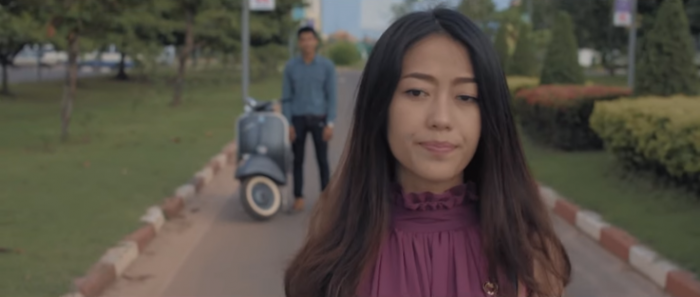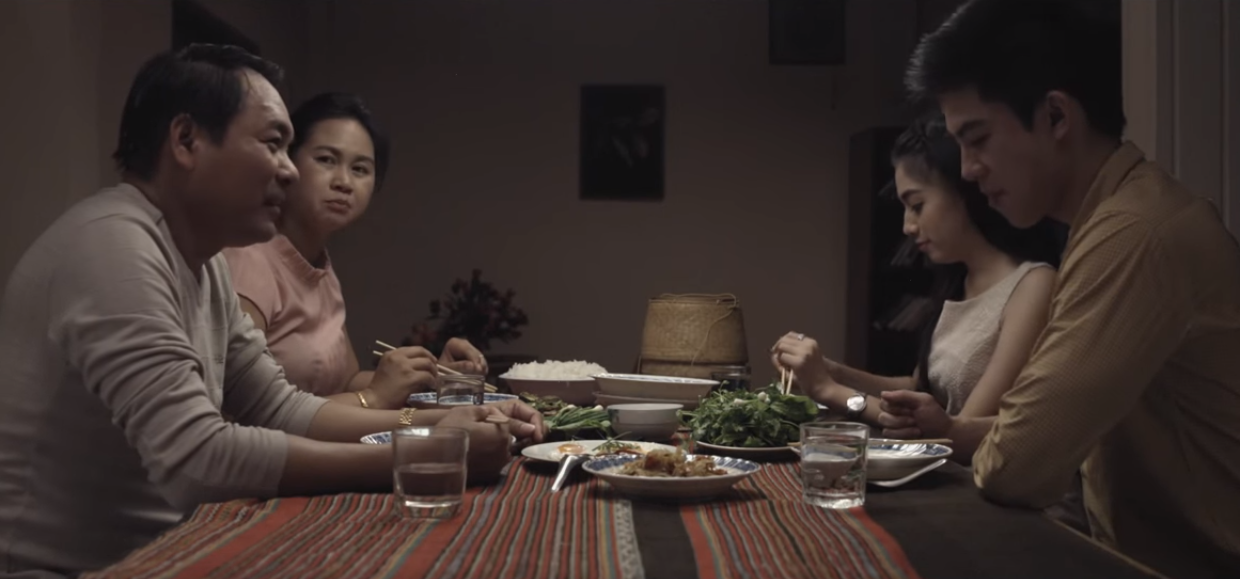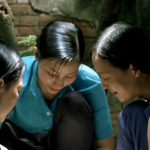Directed by Anysay Keola
As the first feature film produced in Laos to explicitly address LGBT issues, Anysay Keola’s Above It All has a small place in the nation’s cultural history that will make it something of a curiosity for many a dedicated gay film fan. Though it cannot be said that the film’s content lives up its ground-breaking categorisation, there is still enough sincerity and prowess in this work to suggest that it will engage certain viewers who don’t mind a cinematic style that’s a little too gentle for its own good.
The story of a gay man named Noy who agonises over whether to come out to his traditionalist parents is just one of two parallel narratives. The other follows a woman, also named Noy, who experiences some stigma of her own due to her roots in the Hmong community. The female Noy’s dilemma is in deciding whether to agree to the marriage arranged by her parents or to marry the man of her choosing – a man who happens to be the brother of the male Noy. This tenuous link rarely feels like more than a contrived means of connecting the two stories into one work but the more important connections are thematic, with each narrative complementing the other in its explorations of family dynamics, personal responsibility and the many inevitable disappointments of life.

The film’s flat, dispassionately delivered dialogue will likely be the biggest obstacle for most viewers hoping to get caught up in the drama. Individual lines are regularly stretched out with trying, unnaturally long pauses, draining some key scenes of their necessary urgency and credibility. While this stiff form of delivery, found almost universally across the cast, is certainly better suited to some scenarios than others (a cautiously friendly exchange between two exes, for example, feels suitably awkward), the approach overall renders this a film that’s usually at its best when no one is talking. The actors tend to convey more thought and emotion in their faces than they do in their words. The attractive landscape shots convey even more, especially in the film’s second half, where the female Noy’s return to her home town allows for director Keola to deepen his examination of the roles of tradition and cultural heritage in modern times.
As you’d imagine, Keola’s worldview seems to lean towards progress over tradition but the film nonetheless holds a degree of sympathy for both sides, always taking the time to calmly observe the cogs turning in each character’s head, no matter how much we may disagree with their conclusions, from the disappointed father who finds out that his gay son will never give him a grandchild, to the Hmong siblings worried that their sister’s reluctance to marry for financial gain will cost them their home.
So despite clearly having opinions of its own, Above It All is an inclusive drama that gives weight to the various concerns of each of its conflicting generations and cultures, and for all its flaws, those who check the film out for what it represents within its national sphere should find what they’re looking for. It’s a small, sporadically moving, socially aware work that will likely appeal primarily to audiences already tuned in to the development of Lao cinema and hoping to catch the next important step forward. Don’t be surprised if this new film manages to open the door to bigger and better things in the future.
Watch Above It All on FilmDoo.com








